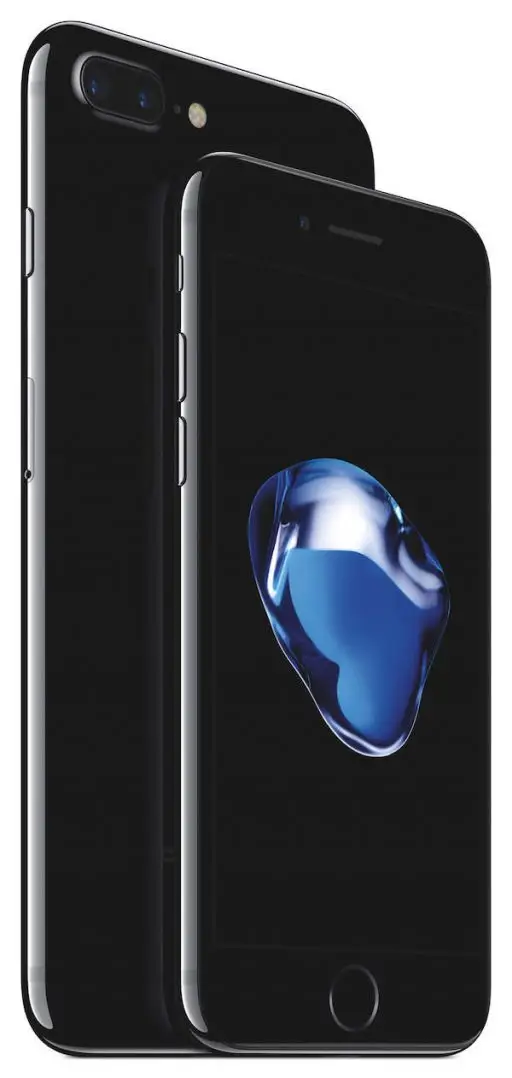In many ways product launches from Apple, like the iPhone 7, can be seen as the zeitgeist that propels the user experience today.
On one hand, the company can be seen as an innovator, introducing design changes and new features that affect how every one of us interacts with (or comes to expect to interact with) technology.
On the other hand, it can be argued that it is consumer demand that spurs design changes.
Realistically, the answer lies somewhere in between.
But either way, organizations concerned with providing customers with a stellar user experience would be wise to take note whenever Apple launches a new product.
The iPhone 7 and 7 Plus were released in September to mixed reviews. Both the pros and cons speak volumes about the expectations of users today.
In addition, the most recent iteration of Apple’s ubiquitous smartphone also offers hints about the future of UX.
Here are four key takeaways from the iPhone 7 launch that business leaders should consider when addressing their own design and development needs.
- The Future of UX is Not Flat
One new feature that made a particular splash when revealed—the newest version is waterproof.
While not specifically related to the design of the software or operating system, this decision does speak volumes about the role of mobile devices in users’ lives.
Our phones are no longer connected just to the Internet. They can be connected to our bodies, and they’re a critical component of our active lives.
This should be a clear representation to anyone concerned with user experience that it is not enough to just provide a stellar UX within software, but to supersede user expectations with features that will enhance their life beyond the screen.
- Pictures are Worth a Thousand Words
The old saying is truer than ever. Apple invested heavily in features that support and improve users’ ravenous appetites for photographs and videos.
Apple improved its low-lighting photography features, touts a “cinema standard” color gamut and color management, and made improvements to shutter speed.
In addition, the Plus has 256 GB of memory, meaning that users will be able to store much more of their data-consuming content without sacrificing the overall experience.
When it comes to technology and the user experience, today’s users are clearly compelled by images and video more than ever.
- Design Must Have Universal Appeal
Another significant iteration that was unveiled with the release of the new iPhone was a design change for the home button, the most frequently used navigation tool on the devices.
The bottom of the phone’s screen was moved down to the bottom of the device, and the home button is now a barely-visible, pressure-sensitive indent. In order to navigate, users simply apply different amounts of pressure depending on the application. The button provides haptic feedback, which cuts down on button issues.
The sense of vibration will help users with visual or hearing impairments, making one of the most important design features of the phone significantly more inclusive and accessible.
- Fewer Wires Means More Freedom
Perhaps the most noteworthy change to the new iPhone was Apple’s decision to release the device without a headphone jack, paving the way for a wireless future.
There are at least as many detractors as proponents of this change, but Apple made a clear statement about the future of its devices—the move away from wired connections is coming, and it will bring greater freedom of movement for users.
This is an example that demonstrates one of the biggest tenets of user experience research and design—as much as you need to listen, you’ve also got to educate at the same time. User expectations can help drive innovation, but ultimately this is only one part of the equation. For optimal results that will set you up for long-term success, designers must create a final product that not only meets expectations, but expands the user’s understanding and improves their interactions, driving progress forward.



